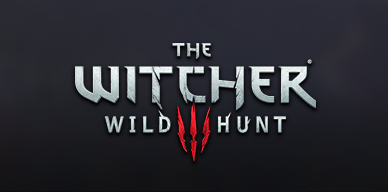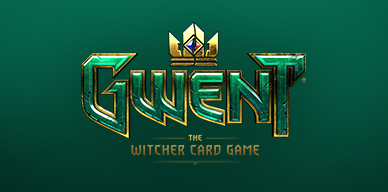The top and bottom of it all is a game/dev's limitations, no game can have trully believable dialog, or non-repeating dialog.
But, one of the best implementations of interacting with random NPC's is that in RDR2, as it feels rather natural, not too complex and its quite surprising what R* was able to do on old tech like the PS4. So it's a bit surprising that CDPR could not do similar, perhaps its a serious limitation of the RedEngine, and hence the move away from it.
I haven't played the second one myself yet, but I will admit that it seems to have a very nice way of handling NPCs. They're still a bit canned, but it's also very seamless. I'd argue (just based on what I've seen of NPC reactions and interactions in gameplay videos and whatnot) that this is a beautiful implementation of that approach.
As for CDPR "doing similar" things -- they definitely could have! Nothing was preventing them. But the devs are always trying to handle things uniquely, tread new ground. Is it as seamless as the way RDR2 handles it, arguably no. That would be my argument as well, but it does create fantastic first-time impressions of places. Definitely helps to make areas feel 100% unique. I'd say that's a pretty fair trade in the end, although I totally agree that it can break immersion if people hear the same dialogue one too many times.
It's an interesting challenge for the future, maybe.
Maybe because that RDR2 is only available in english...
This is also a
major factor. If a game is released in only one language, that opens up worlds of opportunity for the amount of NPC dialogue and interactions. Thus, for even a small project -- let's say 5 voice actors, 1 director, 1 sound engineer, and 1 programmer that will install the dialogue -- that will involve only 5,000 lines of dialogue (extremely small for a video game) with no motion capture, it will take a full working week
per actor just for the
recording. The director, engineer, and programmer will have to be paid continuously for
each actor (...you can't record all 5 people at once). This also does not include any time spent on rehearsals, multiple takes, technical issues, etc. This would mean around 900 man-hours total that need to be paid.
Let's say this is a really low-paying gig, so actors will make only $500 total for their performance. The director, engineer, and programmer will make $500 for each actor they record and finalize, so that's $1,500 each. That means for the roughly 30 working days this will take, the crew will be paid $4,500, and I'll need $1,500 for the actors. In the end, I'll have roughly 2 hours of recorded dialogue that's probably not going to be all that great, since in order to cut costs, I didn't bother with rehearsals or multiple takes.
Grand total: over a month of studio time, $6,000, and the results are likely to be flat and uninspired. If I want to record my game in a different language, I'll need to pay $6,000 again. A third language? $6,000 again. Etc.
And that's for a
tiny game. 5,000 lines of dialogue is roughly
2 hours.
Cyberpunk 2077 has about
28 hours of dialogue. (And they're not paying people part-time wages.)



